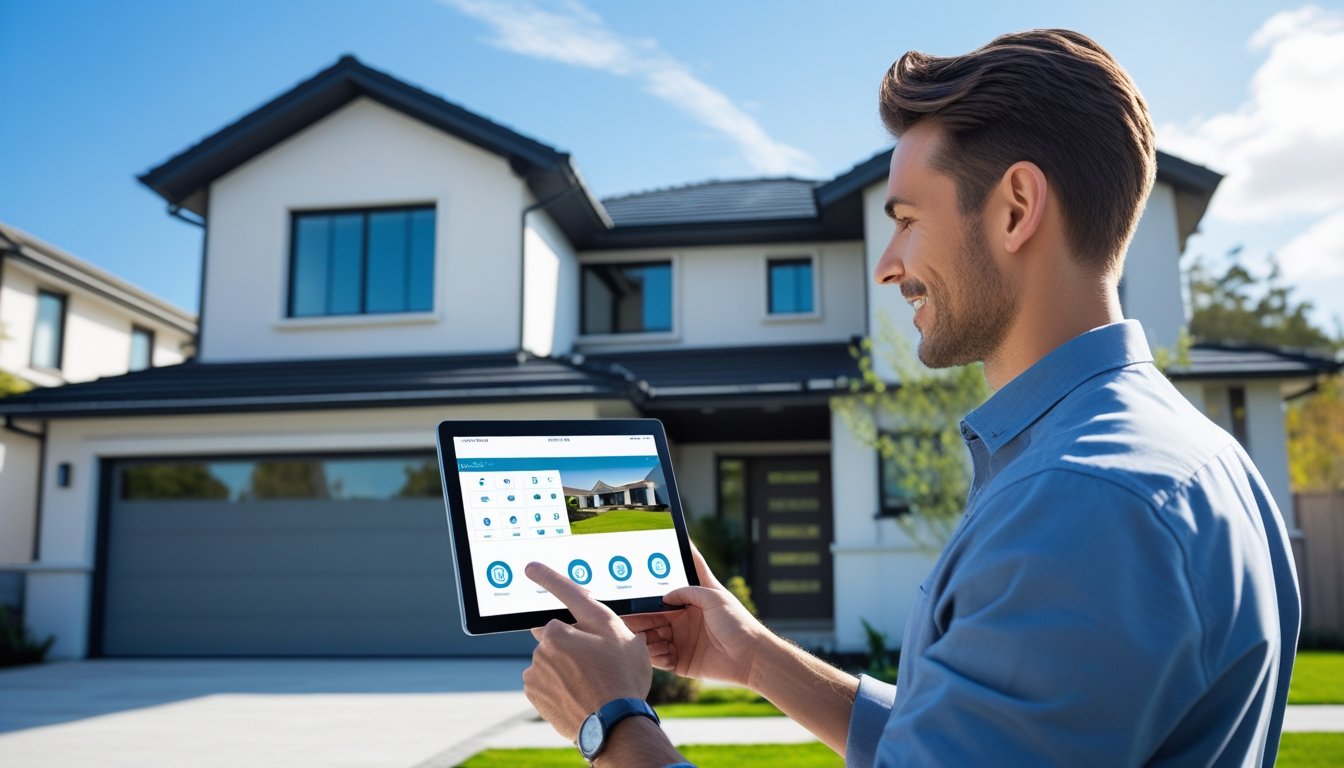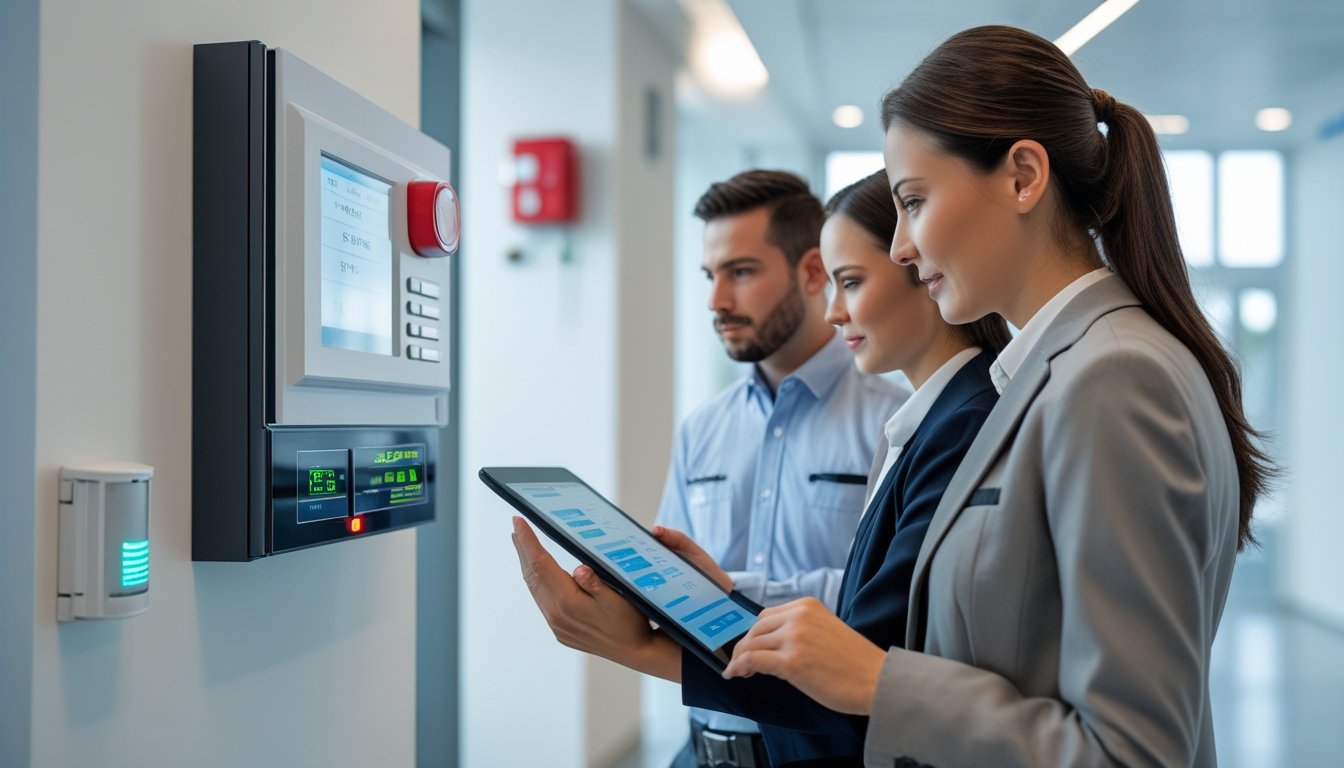Let’s face it: while all of us would want the best and most cutting-edge security systems for our homes, professional installation can be expensive, especially for those of us with smaller homes and tighter budgets.
Sometimes, getting a professionally-installed security system can bring more costs than benefits. Not only do you have to put up with one-time installation fees, but these kinds of setups also usually come with recurring fees.
In those cases, there’s nothing wrong with putting up a DIY security system.
When done right, a DIY security system can provide enough protection to cover a home’s basic security needs and can cost much less than a professional system.
The difference between a DIY security system and a professionally-installed security system is how the installation is done. With a DIY security system, companies like Alarm Masters can sell you products such as alarms and CCTV cameras to set them up yourself.
In contrast, professional installations involve taking a look at your entire house, and the company uses its industry expertise to advise you on the best security system available, tailored to your home.
Of course, you’ll still have to know where and when to set these up to provide the optimal placement spots.
You’ll also have to know what products are actually needed versus those that are just nice to have. After all, you’re on a budget, so you have to stick to the necessary ones. Read on to learn more about setting up your own DIY security system.
1. Security panels
One of the most common DIY security systems involves a large screen, or a panel fixed to your walls. Think of this panel as the centralized control system for your house’s entire security system.
Using Wi-Fi, Bluetooth, Z-Wave, Zigbee, or other wireless communications devices, these panels connect to the various security equipment throughout your house (like sensors and cameras), providing you with one convenient interface to manage your house security.
An alternative to a wall-fixed security panel would be a small hub (think of it as a radio device) that connects to your equipment but can be placed on your shelf or table instead.
These centralized security interfaces (whether a panel or a hub) can instantly arm and disarm your system, or a part of it, with just a few button presses.
2. Motion sensors
These form the bread and butter of your security system. You’ll want to place motion sensors that monitor all of your house’s entry and exit points.
You don’t need to place them inside every room, but in areas that provide access to other places, like hallways, foyers, or the living room. The most important thing is to place them where intruders are sure to walk through.
For motion sensors, you can either get an infrared system or an active motion sensor. Infrared motion systems are great for indoor use since they are relatively cheap and can work well in any kind of lighting.
For outdoor areas with more movement and exposure to the elements, you might want to get an active sensor that emits microwaves. You just have to be wary of false alerts due to wind or debris.
3. Video cameras
Another security essential is a closed-circuit surveillance system that continually records footage of your house and stores it either in a local memory card or to a cloud that you can access through the internet.
Local storage is cheaper, but when the card is broken, the footage is essentially gone. On the other hand, cloud storage is more expensive, but you have the assurance that the footage is always there.
When setting up your video cameras, be sure to take a good look at your house and pay attention to all the possible blind spots. While intruders are wary of CCTV systems, they are also always on the lookout for potential blind spots that will let them enter your house unseen.
4. Key fobs
For the more security conscious, you can opt for key fobs to really give your house that secure feel. Key fobs are a common way to beef up your security. Still, they can be a little more complicated to install compared to traditional door knobs.
5. Video doorbells
These are placed right by your main door’s doorbell, and they give you an easy way to see a visitor’s face (or an intruder’s). CCTV cameras are usually placed above ground, looking down, making it hard to see intruders’ faces with caps or other headpieces on.
On the other hand, video doorbells face straightforward, allowing a more unobstructed view of anyone coming to your house.
In some cases, a video doorbell can also be programmed to connect with other parts of your security system, like locks or cameras, to provide better security.
6. Professional monitoring
Even if you bought and set up all your security equipment yourself, you might have barely enough time to keep up with the constant monitoring required.
If you are always out of the house or if work keeps you busy, you can consider availing yourself of professional monitoring services so that you’re always on top of all the movement in your home.
Professional monitoring services usually work by contacting you first if your security equipment detects suspicious activity. However, if they cannot reach you or any of your emergency contacts, they can also call the police for you.
If you decide to set up your DIY home security system with professional monitoring, the centralized panel will usually have a two-way communications system that allows you to talk to the monitoring agent directly.
DIY security systems are quickly rising in popularity among homeowners because of their affordability, considering the level of security they provide.
Regardless of the component you choose, it’s crucial to ensure that all your bases are covered. Be careful not to leave any blind spots and regularly monitor your sensors and cameras.
.svg)



.svg)


.svg)



